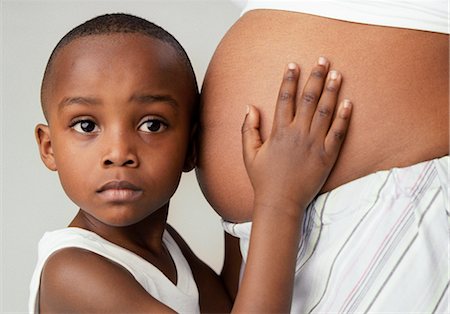- July 26, 2016
- Posted by: emobile
- Category: Trending Topic

Emobileclinic Trending Topic
There are basically two classification of breast pain, namely: cyclic and noncyclic pain. Cyclic Pain
Cyclic pain is a form of breast pain associated with changes in the menstrual cycle. It is described as pain that matches with hormonal changes during the menstrual cycle. This pain is typically worse during the 2 weeks before getting a period. It is responsible for almost all complaints related to the breasts.
Cyclic breast pain is most commonly experienced by women in their 20s, 30s, and 40s. It occurs most commonly in the upper outer areas of both breasts and at times, the underarm. Women who experience cyclic breast pain also often report fibrocystic changes including lumpiness and thickened areas of breast tissue. Cyclic swelling, pain, breast aching, heaviness, and lumpiness tend to resolve after menstruation.
Noncyclic pain Noncyclic breast pain is completely unrelated to the menstrual cycle. It tends to occur most commonly in postmenopausal women between the ages of 40 and 50. This form of breast pain is often described as constant or intermittent tightening, burning, or soreness. It tends to remain in one area of the breast and can be caused by trauma or injury.
Treatments and Management of breast pain
Wear a supportive bra throughout the day, a sports bra during exercise, and considering sleeping in a bra for additional comfort.
Reduce intake of caffeine and sodium; sources of caffeine include chocolate, coffee, tea, and soft drinks.
Use hot or cold compresses to the breasts.
Eat a low-fat diet, increasing dietary fruits, vegetables, and grains.
Maintain a healthy weight
Take vitamins such as Vitamin B6, Vitamin B1, and Vitamin E
Use over-the-counter medications such as aspirin, acetaminophen, or ibuprofen Engage in relaxation methods to reduce stress, anxiety, and tension
Consider cyst aspiration or drainage Surgical intervention

